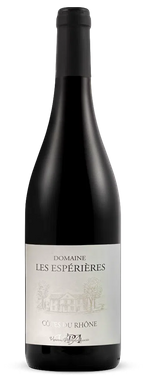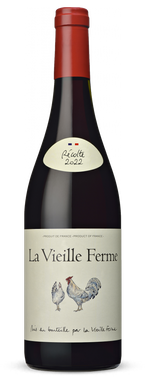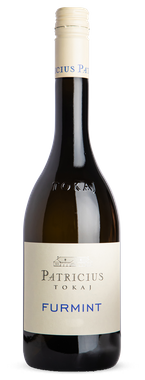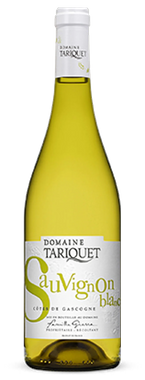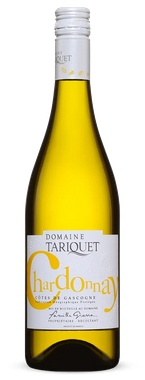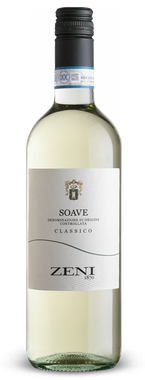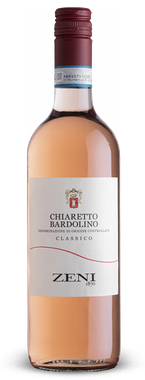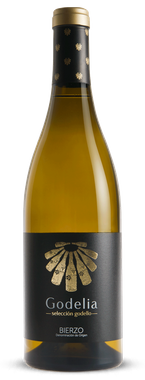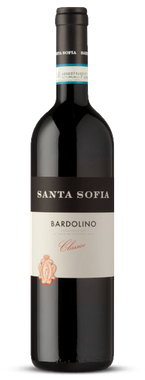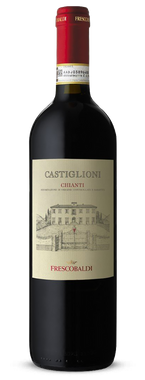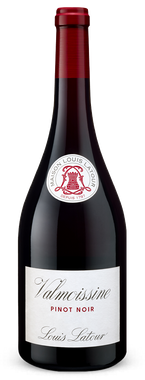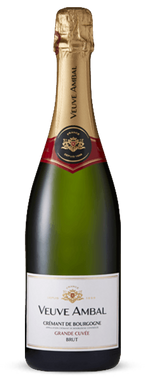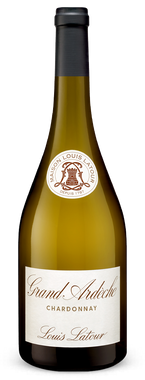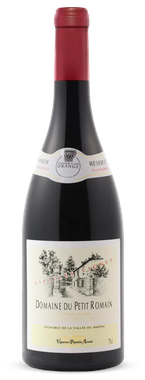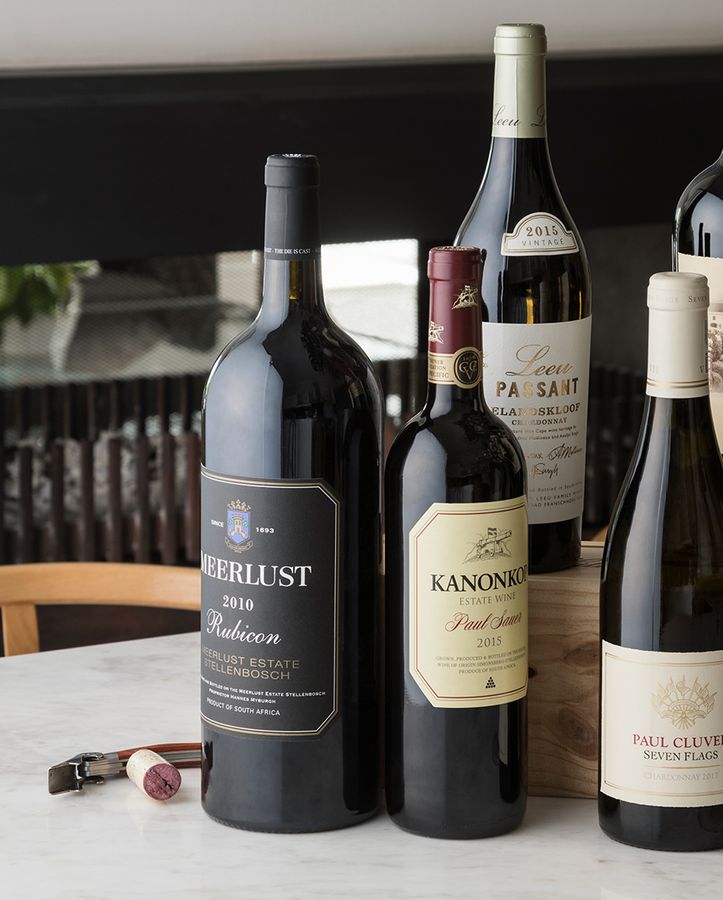The idea that any imported wine selling for less than R400 must be junk – because packaging, duty and transport consume most of what makes up the price - has become something of a well-trodden highway. It is only the first R90 which bears the burden of the hard costs. After that what you are paying for is the wine – so a R200 bottle delivers double the vinous potential of one selling for R150 while a R250 bottle delivers almost triple the fruit and winemaking inputs of the bottle selling for R150. (This is not vastly different from the economics of local wine. Hard costs account for around R50 per bottle, so going from R100 to R150 brings a significant increase in basic wine value.)
This means that you can begin to look with confidence at imports from reputable producers at the R160 threshold. Their R70 of pure wine value aligns them to local wines in the same price range – especially if they are supplied directly from the importer and don’t have that extra layer of mark-up in the equation.
You may well ask if there is anything made by reputable European producers available in this price range in South Africa – at least anything where the brand-owner has actually crushed the grapes, rather than blended bulk co-op wine (so the only “added value” comes from his including his name on the label).
The Perrin family whose base is in the Rhône valley owns over 650 hectares of vineyard. Its La Vieille Ferme wines sell in South Africa for around R200. Domaine de Tariquet owns equally vast expanses of vineyard in Gascogne and can more or less match the price of the Perrin’s entry level offering (Tariquet Chardonnay and Tariquet Sauvignon Blanc).
There are Côtes du Rhônes from the south (so around Châteauneuf du Pape and the Bouches-du-Rhône) which hover at around the same level: (Domaine du Petit Romain, Domaine les Espieres). The reds are generally grenache led, though many now have generous contributions of syrah. The whites too should not be disregarded – blends led by grenache blanc, but with clairette, picboul, marsanne, roussanne and viognier adding complexity and length to the palate.
Champagne-method sparkling wines from France retail for around R250 and are pretty persuasive competitors in the category. Add R100 to this price and you can buy Crémant de Bourgogne – traditional method fizz made from chardonnay and pinot noir harvested from vineyards sited in Burgundy.
In this price range you can buy Louis Latour’s Pinot Noir from the Valmoissine property near the Gorges du Verdon as well as the Grande Ardeche Chardonnay aged in oak barrels from the Latour’s own cooperage which supplies the barrels for the wines made from the family’s estates in Corton Charlemagne and Romanée-St-Vivant.
R375 buys you a fabulous Patricius Dry Furmint (the grape from which the legendary Tokay is produced) from the same Tokay vineyards in Hungary.
Roughly the same spend will buy you an Albarino from the Rias Baixas in Galicia – the natural home for this slightly saline, crisp white wine which is starting to supplant Chablis on the wine lists of the world.
If you’re looking for a white wine which is more Meursault-like in texture, then Godello, the white grape which flourishes is Bierzo in northwestern Spain, should be on your shopping list. Prices start at R295.
You can also buy quality sangiovese and nebbiolo in the R300-R400 range. DOCG Chianti from Frescobaldi’s Castiglioni estate near Florence is a perfect example. The reds and whites from the Veneto in northern Italy (Bardolino, Soave) and the region’s famous Chiaretto Rosé are ridiculously competitive at around the R200 mark
EU subsidies may cover the basic wine component of European bottlings – but they don’t necessarily contribute to the wine quality. This is why buying even entry level wines from reliable, family-owned wineries remains the secret to finding vinous value, no matter the price point at which you do your shopping.
